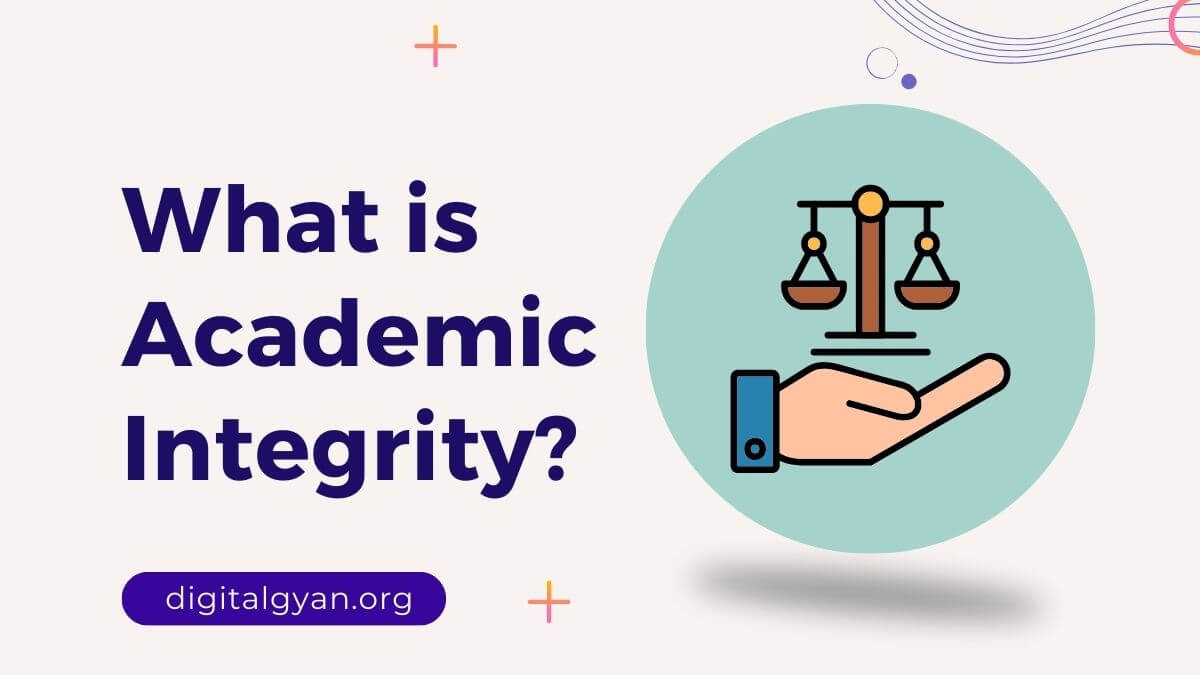What is the ADKAR Change Management Model?
The ADKAR Change Management Model is a framework used to understand and influence how individuals adapt to organisational change.
The abbreviation “ADKAR” stands for “Awareness, Desire, Knowledge, Ability, and Reinforcement,” which are the five outcomes that an individual must accomplish to be effective.
This model was developed in 2003 by Prosci, a research firm specialising in change management, and it provides a framework for constructing a successful change initiative. Employees don’t grasp the necessity of embracing the change or how to do so successfully, which is why many organisations. They recognise that something is changing. Leaders are frequently unprepared to engage individuals successfully through change and handle any possible opposition.
How does ADKAR Change Management work?
Let’s look at how changemakers can put the ADKAR model into reality, one aspect at a time:
1) Awareness: Make people aware of the rationale for the change
Why is it important to change? This is, without a doubt, the most crucial question to answer. People will be hesitant to participate unless there is a clear explanation and reasoning for the change.
To raise awareness of why the change is necessary, provide the argument from many perspectives, especially via personal experiences. People don’t need another “bullet list”; instead, they want to hear firsthand accounts of the problems that exist in the current condition and what may be accomplished in the desired state.
It is critical to allow individuals to engage in open discussion in order for them to reflect, ask questions, and offer their own examples and experiences. You may also do video interviews with consumers or workers to highlight different points of view and create a compelling argument for the change.
2) Desire: Individuals should be empowered and engaged
Because you can’t tell others how to feel, this aspect of change management is difficult. However, there are unique reasons why people may be resistant to change. Employees may best accept change—even if it has negative consequences—when they are well treated and listened to at all stages of the change process, according to studies.
A typical blunder is inviting workers to a strategy kick-off where they engage in a discussion about the change and then failing to follow up. Employees are fed up with scribbling suggestions on post-its and flipcharts and never receiving feedback.
As a result, continuous communication and engagement are essential for growing the desire for change and preventing change resistance from forming due to dissatisfaction. Invite your workers to share their expertise and experiences, provide them with feedback, and answer any questions they may have.
3) Knowledge: By sharing, you can learn
What role will individuals play in the transformation? Employees and supervisors may need to learn new in-depth information or complete new training in order for a change to occur in your business.
Learning does not happen in a vacuum, regardless of what knowledge people require. The sharing of views and experiences with others is a crucial element of the learning process. This is how we make sense of what we’ve learned and how we apply what we’ve learned.
Social learning is essential for disseminating information and adding value to your company. Don’t just send folks to a course; make sure they have the framework and resources they need to put their ideas into action.
4) Ability: Identify and overcome obstacles
While knowledge is concerned with theory and comprehension, ability is concerned with how well you can carry out tasks. What is preventing people from making a difference? People may be unable to join for a variety of reasons. You’ll be able to recognize and monitor possible impediments if you maintain your ear to the ground. Inquire about people’s lives and what they’ve been working on. You could find out that they don’t know how to prioritize their duties or that they can’t reach out to the proper individuals. They may feel constrained by their own abilities, time constraints, or organizational systems.
5) Reinforcement: Keep your gaze fixed on the target
Making change stick is a key problem in organizational growth. How do you assure that things don’t revert to their previous state?
Continue to discuss how things are going, celebrate milestones, and share success stories to keep the momentum going. Share information and tales about the change regularly—whether it’s a video from a satisfied customer or a quote from an employee—to ensure that everyone understands how it’s going and what still needs to be done. Encourage managers to meet with workers one-on-one to follow up. Allow individuals to discuss any emerging issues so they may be resolved as soon as possible.
What is the Adkar model for overcoming resistance?
The individual change model of Prosci is a useful tool for determining the source of resistance. It deconstructs effective transformation into the five main components of Awareness, Desire, Knowledge, Ability, and Reinforcement.
When a change fails to take hold and resistance arises, the ADKAR Model (ADKAR Change Management) may be used to pinpoint the source of the resistance. Is the lack of understanding of the need for change to blame for the resistance? Is it due to a lack of willingness to change? Is it due to a lack of understanding or a fear of failure once the change is implemented? Are there any ability hurdles that are causing the resistance?
The ADKAR Model (ADKAR Change Management) may be used by change management practitioners – including “real” resistance managers, as described in the third technique below – to understand and address the core cause of resistance. In the paperback book ADKAR: a model for transformation in business, government, and our community, you may learn more about The ADKAR Model.
Summary
the ADKAR Change Management Model is a powerful tool for helping organizations successfully manage change. It equips managers and employees with the understanding, strategies, and resources necessary to carry out change initiatives in an efficient and effective manner. The model focuses on the individual, providing guidance and support for those undergoing changes in order to ensure successful implementation. Moreover, it provides a framework for assessing the success of the change process by identifying any gaps that may exist between desired outcomes and current performance.

